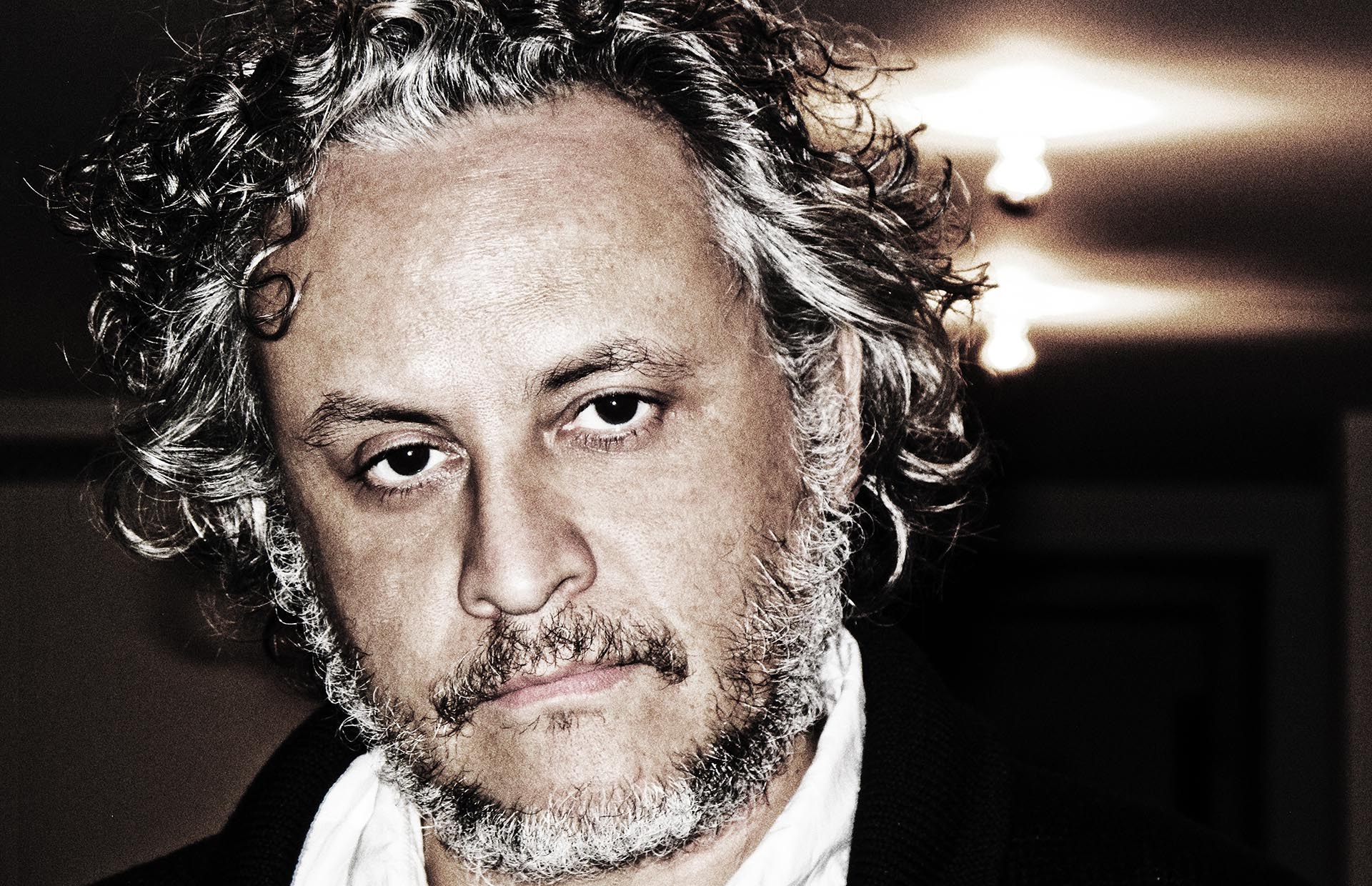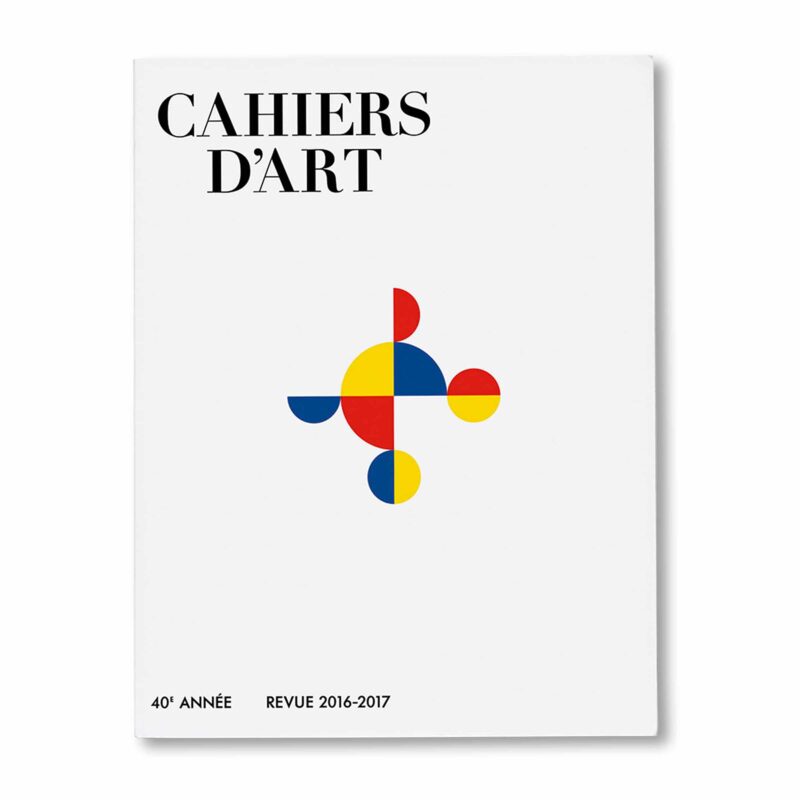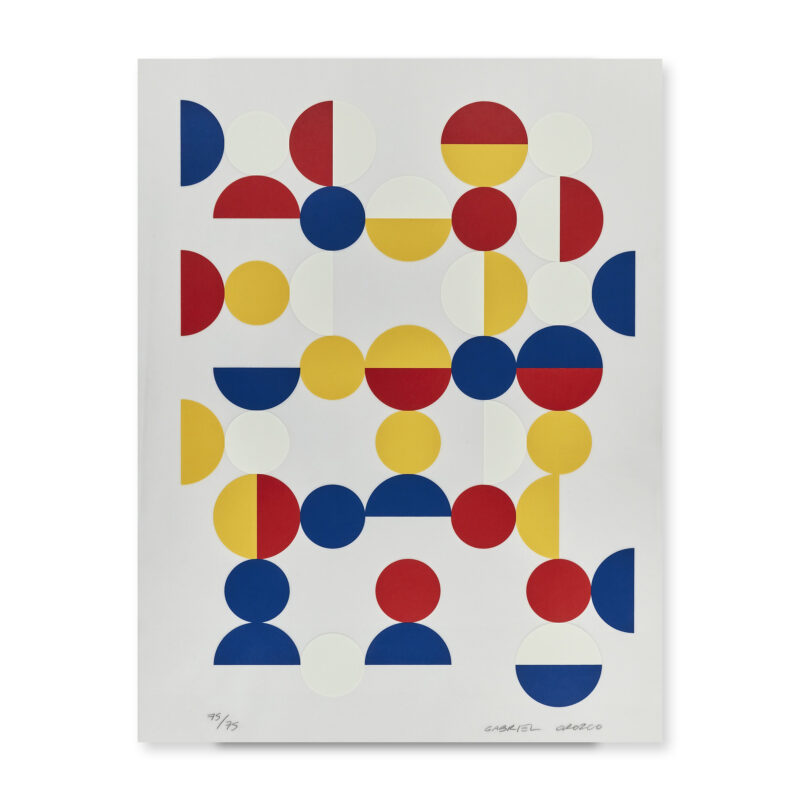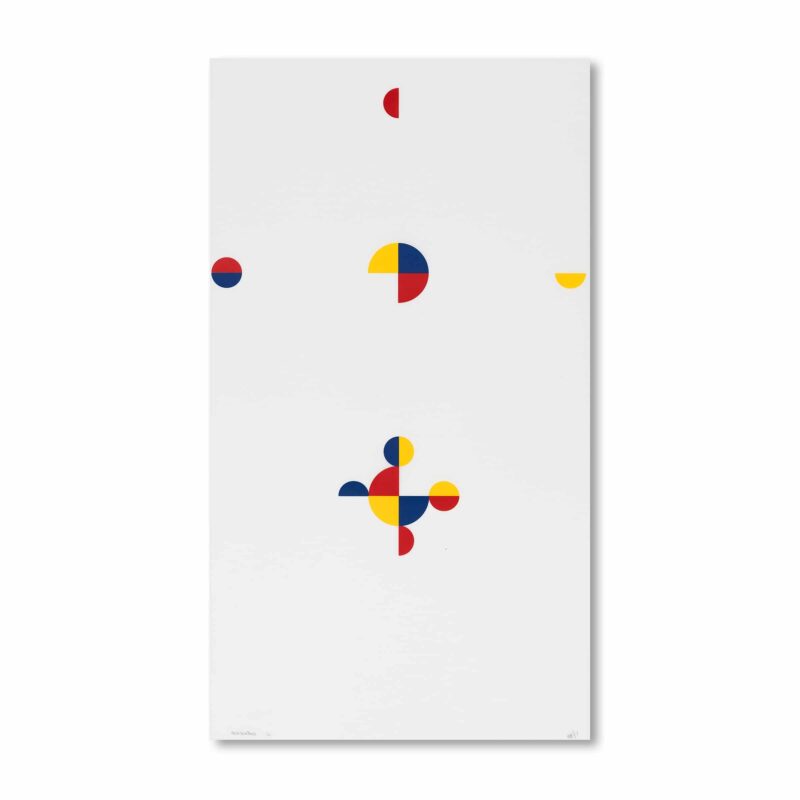Gabriel Orozco

Gabriel Orozco was born in Veracruz, Mexico, in 1962.
His father was an artist who moved the family to Mexico City in order to work with David Alfaro Siquieros on various mural commissions.
Orozco attended the Escuela Nacional de Artes Plásticas between 1981 and 1984 and in 1986, moved to Madrid to continue his studies. In 1987, Orozco returned to Mexico City, where he associated with a group of other artists including Damián Ortega, Gabriel Kuri, Abraham Cruzvillegas and Dr. Lakra. This group met once a week for five years to talk about myriad artistic and cultural projects.
Orozco has had many important solo exhibitions, including the Museum of Contemporary Art in Los Angeles, in 2000; the Hirshhorn Museum, Washington D.C. and the Serpentine Gallery, London in 2004; the Museo Nacional Centre de Arte Reina Sofia, Madrid, (2005); the Museo del Palacio de Bellas Artes, Mexico City and the Museum Ludwig, Cologne (2006). The Museum of Modern Art in New York organized a mid-career retrospective that toured to the Kunstmuseum Basel, the Centre Pompidou, Paris, and ended at the Tate Modern, London, in May 2011. Other important solo exhibitions include the Guggenheim Museum, New York, 2012, the Museum of Contemporary Art Tokyo MOT, Tokyo, Japan (2015); and the Aspen Art Museum, Aspen, in 2016. Orozco participated in the Venice Biennale in 1993, 2003, 2005 and 2017, the Whitney Biennial (1995 and 1997), as well as Documenta X (1997) and Documenta XI (2002).
In 2019, the President of Mexico announced that Orozco would, in conjunction with the Secretariat of Culture, oversee the construction of a major new cultural center within Chapultepec Park in Mexico City. Gabriel Orozco lives and works between Tokyo, Mexico City and New York.
Portrait : photography (reframed) by Enrique Badulescu
Gabriel Orozco’s works are imbued with his place of life; he uses local materials and calls upon artisanal know-how. If art can be created on the spot while coming from elsewhere, it then becomes the reflection of the real or imaginary dialogue he maintains with his origins. […] It is in fact a road book following a life (his own), whose pages only provide information on the circumstantial conditions of an existence nourished by travel. The relationship between his work and place remains porous and exposes a formal process to the multiple economies and circuits of globalized images, especially pictorial ones.
Briony Fer



